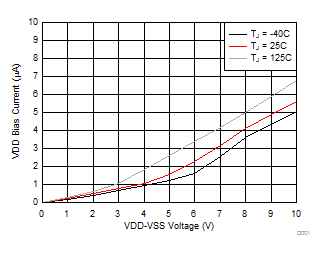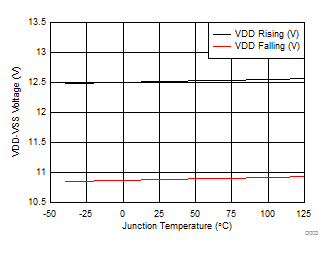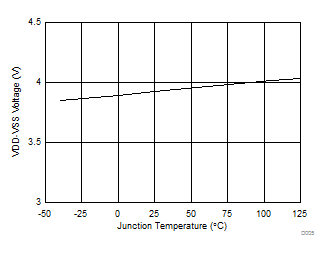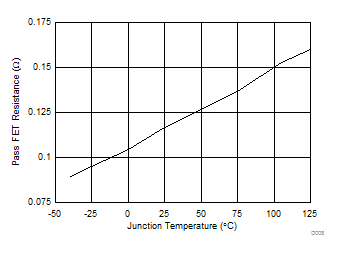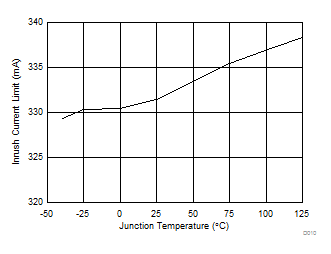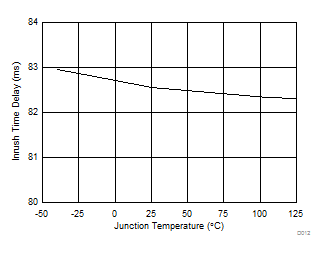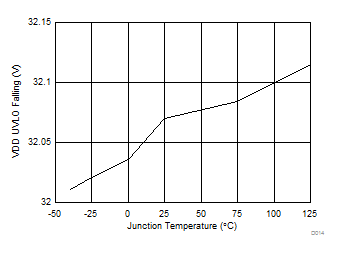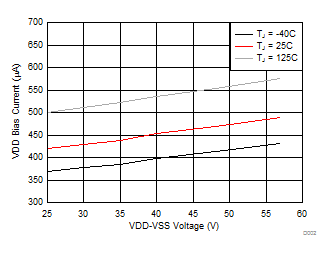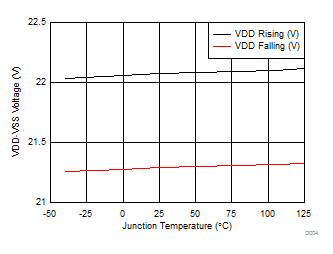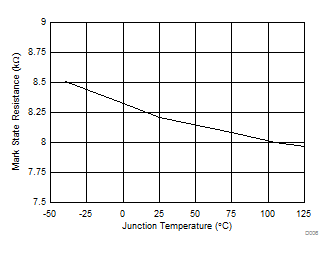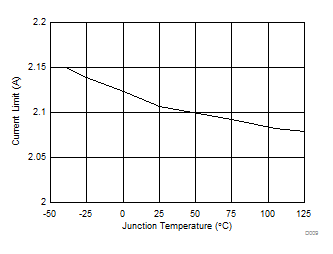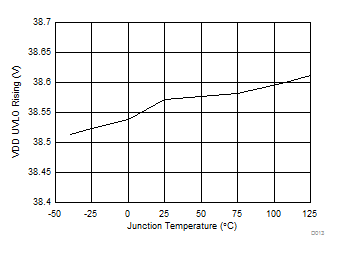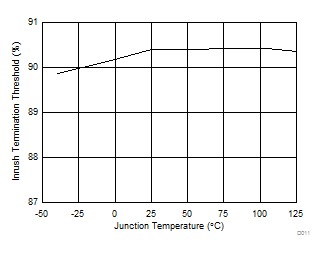SLUSCM4B October 2017 – November 2018 TPS2372
PRODUCTION DATA.
- 1 Features
- 2 Applications
- 3 Description
- 4 Revision History
- 5 Pin Configuration and Functions
- 6 Specifications
-
7 Detailed Description
- 7.1 Overview
- 7.2 Functional Block Diagram
- 7.3
Feature Description
- 7.3.1 PG Power Good (Converter Enable) Pin Interface
- 7.3.2 CLSA and CLSB Classification, AUTCLS
- 7.3.3 DEN Detection and Enable
- 7.3.4 Internal Pass MOSFET and Inrush Delay Enable, IRSHDL_EN
- 7.3.5 TPH, TPL and BT PSE Type Indicators
- 7.3.6 AMPS_CTL, MPS_DUTY and Automatic MPS
- 7.3.7 VDD Supply Voltage
- 7.3.8 VSS
- 7.3.9 Exposed Thermal PAD
- 7.4
Device Functional Modes
- 7.4.1 PoE Overview
- 7.4.2 Threshold Voltages
- 7.4.3 PoE Startup Sequence
- 7.4.4 Detection
- 7.4.5 Hardware Classification
- 7.4.6 Autoclass
- 7.4.7 Inrush and Startup
- 7.4.8 Maintain Power Signature
- 7.4.9 Startup and Converter Operation
- 7.4.10 PD Hotswap Operation
- 7.4.11 Startup and Power Management, PG and TPH, TPL, BT
- 7.4.12 Using DEN to Disable PoE
-
8 Application and Implementation
- 8.1 Application Information
- 8.2
Typical Application
- 8.2.1 Design Requirements
- 8.2.2
Detailed Design Requirements
- 8.2.2.1 Input Bridges and Schottky Diodes
- 8.2.2.2 Protection, D1
- 8.2.2.3 Capacitor, C1
- 8.2.2.4 Detection Resistor, RDEN
- 8.2.2.5 Classification Resistors, RCLSA and RCLSB
- 8.2.2.6 Opto-isolators for TPH, TPL and BT
- 8.2.2.7 Automatic MPS and MPS Duty Cycle, RMPS and RMPS_DUTY
- 8.2.2.8 Internal Voltage Reference, RREF
- 8.2.2.9 Autoclass
- 8.2.2.10 Inrush Delay
- 8.2.3 Application Curves
- 9 Power Supply Recommendations
- 10Layout
- 11Device and Documentation Support
- 12Mechanical, Packaging, and Orderable Information
Package Options
Refer to the PDF data sheet for device specific package drawings
Mechanical Data (Package|Pins)
- RGW|20
Thermal pad, mechanical data (Package|Pins)
Orderable Information
6.6 Typical Characteristics
